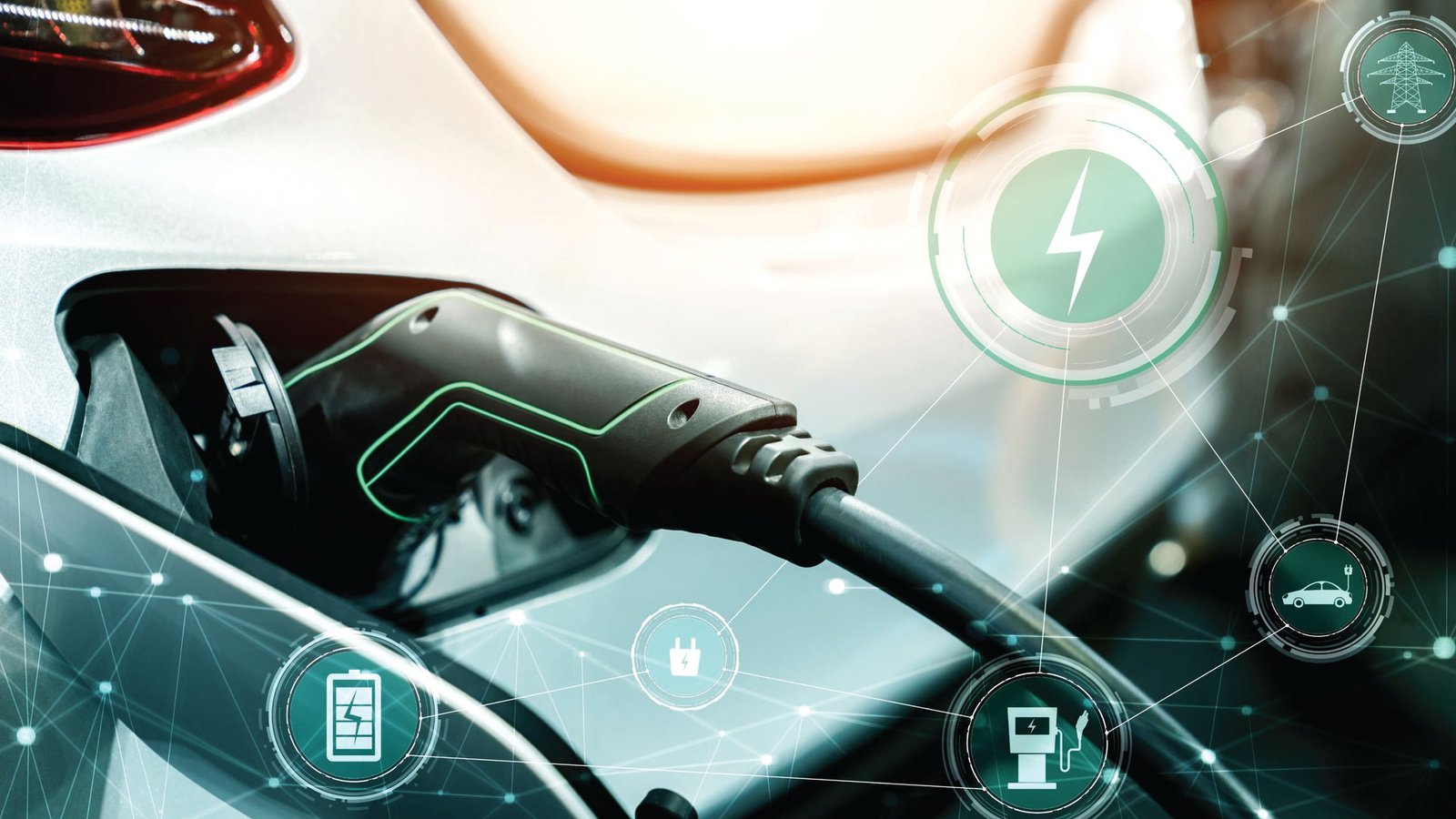Drive tech is redefining EV performance—smarter systems, better range, and zero compromise on sustainability.
A silent evolution is taking place within the electric vehicle (EV) market, and it’s all happening in secret—beneath the surface—inside drive systems. With worldwide EV purchases accelerating past 18 million vehicles in early 2025 (IEA), the debate changes. Range, battery pack capacity, and networks of charging still play important roles, but not as exclusively central to determining greatness. The conversation now focuses on drive technology, with perhaps the largest under-appreciated leverage that can revolutionize electric and hybrid vehicle performance.
Table of Contents
1. Performance Needs a Redefinition
2. Intelligent Drives, Tangible Gains
3. Integration Over Isolation
4. Range Anxiety Isn’t Just About Batteries
5. From Hardware to Code
6. The Hidden Tradeoff
Final Thought for Decision-Makers
1. Performance Needs a Redefinition
For decades, the sector equated EV performance with range and acceleration. C-suite executives are now demanding tougher questions: Are we maxing out long-term efficiency, or simply short-term specs? The strategic role of sophisticated drive technology in driving electric and hybrid vehicle performance is growing more critical, rather than purely mechanical.
Modern electric vehicle drive systems do much more than deliver power. They manage how energy flows, how torque is dispatched, and how regenerative braking adjusts in real time. Manufacturers are integrating AI and predictive algorithms directly into power electronics, allowing better decision-making on the road.
2. Intelligent Drives, Tangible Gains
Next-generation drive units are now being married with silicon carbide (SiC) inverters, which provide 10% more efficiency compared to legacy silicon-based architectures (McKinsey, 2024). Hyundai and BYD have already deployed multi-speed transmissions and adaptive motor control and have been able to get smoother torque curves and quicker response times.
The outcome? Improved electric vehicle performance without additional battery capacity or vehicle weight. This is important since OEMs are coming under growing pressure to harmonize consumer demand with regulatory pressures on emissions and sustainability.
3. Integration Over Isolation
Siloed development has become a strategic risk. The industry is transitioning to fully integrated systems—inverters, motors, and transmission components co-developed, rather than retrofitted. Firms that deploy integrated electric vehicle drive systems claim 15–18% improvement in thermal management and a corresponding decrease in the rate of component failures, according to an IDTechEx 2025 report.
More significantly, integration enables sustainable driving technology by reducing energy loss and enhancing component reuse in circular supply chains—an increasingly significant consideration for ESG-aware investors.
4. Range Anxiety Isn’t Just About Batteries
Range anxiety is still a leading concern, particularly for fleet operators and new markets. But the answer is not just in battery chemistry—it is in smarter drive control and battery management systems.
Real-world performance data from an actual European EV delivery fleet in 2024 indicated that optimizing regenerative braking and terrain-adaptive drive modes improved real-world range by 12%, without modifying battery capacity. Drive technology, combined with smart battery management systems, becomes an active range-extending solution.
5. From Hardware to Code
By 2025, software-defined drive technology is no longer on the horizon—it’s in operation. Tesla, NIO, and Rivian already sell cars that modify drive behavior according to predictive learning models, real-time data inputs, and user profiles.
This shift puts legacy automakers in a bind. The true differentiator is no longer hardware specifications—it’s how quickly companies can update their drive logic to provide improved performance, day after day.
6. The Hidden Tradeoff
There is increasing concern that high-output motors and aggressive torque mapping can compromise long-term battery health in EVs. Without strong coordination between drive systems and battery management, the price of short-term performance gains can be long-term degradation.
This is where strategic calibration enters. Businesses that bridge performance objectives and battery lifecycle optimization will have an edge in the marketplace, not just in warranty expenses but also in customer confidence and resale value.
Final Thought for Decision-Makers
Drive technology is not a supporting act—it’s the strategic heart of sustainable electric mobility. C-suite executives need to redefine what performance really means in an electrified future. It’s not merely about how quickly the car travels—it’s about how smartly it does so, how well it uses energy, and how long it lasts.
The future is for those who design not merely for power, but for intelligence, sustainability, and resilience.
Discover the latest trends and insights—explore the Business Insights Journal for up-to-date strategies and industry breakthroughs!

